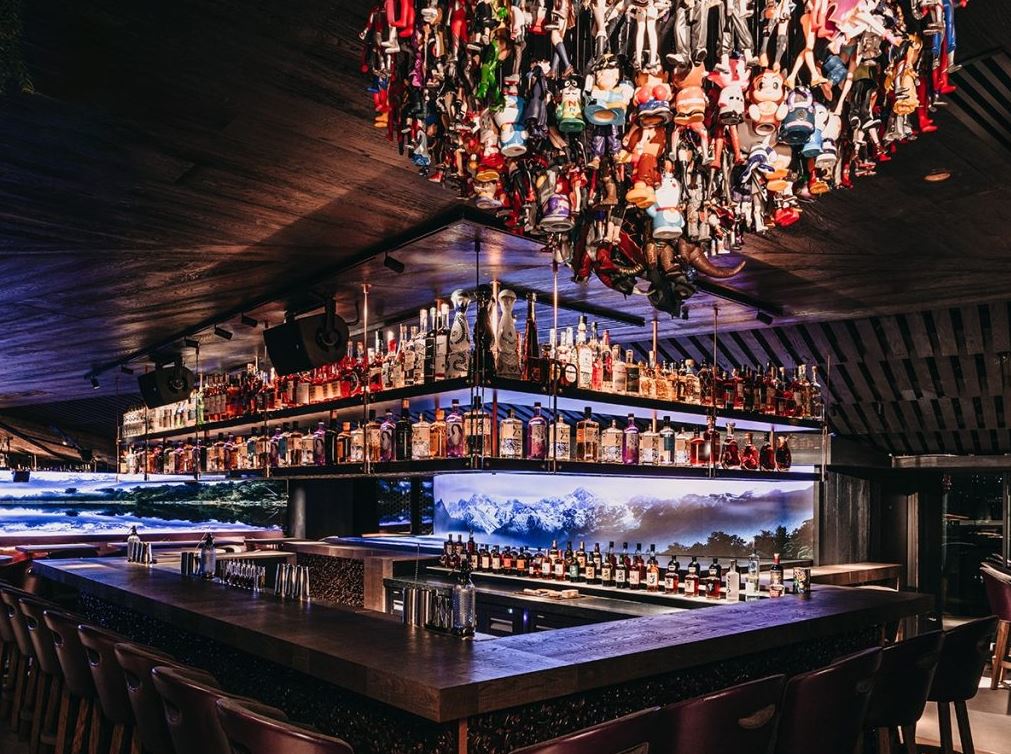Digital signage has come a long way from static billboards and looping video playlists. Today, high-quality indoor and outdoor LED screens — whether flat, curved, transparent, or custom-shaped — are becoming smarter, more responsive, and more engaging thanks to the integration of artificial intelligence (AI) and data-driven content strategies.
For businesses, event organisers, and public venues, this shift isn’t just about flashy visuals; it’s about delivering the right message to the right audience at exactly the right time. Here’s how it is used as a cutting-edge communication and marketing tool.
From static displays to dynamic storytelling
Traditionally, digital signage content was scheduled manually, often showing the same loop for hours or days. While visually appealing, it wasn’t always relevant to the audience in front of the screen.
With AI, content is no longer fixed. Instead, it can adapt in real time based on a range of factors — such as audience demographics, current events, weather conditions, and even time of day. For example:
- Retail stores: An AI-powered system can detect when the foot traffic is younger or older, and automatically switch to a promotion targeting Gen Z shoppers or Boomers.
- Transport hubs: When bad weather causes delays, screens can instantly display alternative route information or promote nearby cafés.
By turning signage into a storytelling platform that reacts to the moment, brands create more relevant and memorable experiences.
Data-driven personalisation
Modern LED signage isn’t just a display: it’s a data hub. Thanks to integrations with sensors, cameras, and customer data platforms, digital signage can personalise messages at scale.
For example, a potential customer is walking past a store window with a transparent LED display. The system recognises that it’s lunchtime, notes from local sales data that salads are selling well today, and instantly shows a tempting visual of a fresh salad bowl with a “20 per cent off until 2pm” message.
This level of personalisation is made possible by analysing:
- Demographics (age range, gender) through anonymised camera data
- Behaviour patterns (repeat visits, dwell time)
- Purchase history (via loyalty apps or integrated CRM systems)
- Environmental data (weather, traffic, local events)
This results in messages that feel relevant, timely, and customer-focused.
Real-time content optimisation
In the old days, you might run a campaign for weeks before knowing whether it was effective. AI changes that by tracking performance metrics in real time and adjusting content on the fly.
For example, if an outdoor LED screen detects that a particular ad isn’t generating as many QR code scans as others, AI can automatically replace it with a better-performing version or tweak the call-to-action.
Some platforms also use A/B testing directly on signage: showing two variations of the same ad to different audience segments and analysing which drives more engagement — all without manual intervention.
Predictive content scheduling
AI doesn’t just react; it predicts. By analysing historical data, AI can forecast when certain content will perform best. A sports venue might know from past seasons that merchandise sales spike after a home team win. The signage system can be programmed to display post-game offers immediately after a victory, without anyone needing to push a button.
Similarly, in shopping centres, predictive scheduling might prioritise back-to-school promotions in early August based on year-on-year sales data.
Enhanced interactivity
Data and AI also make interactive signage more engaging. For example:
- Gesture-based interaction: Cameras detect hand movements so passers-by can “swipe” through products on a transparent display.
- Voice-activated queries: Customers can ask for store directions or product information, and AI delivers instant responses on-screen.
- Mobile integration: Smartphones connect via NFC or QR codes, allowing people to save offers or continue their journey online.
When paired with responsive, high-resolution LED screens, these interactive features create a sense of fun while encouraging deeper engagement.
Smarter content for any screen shape or environment
Because your LED screens can be custom-designed — curved for immersive stage backdrops, transparent for shopfronts, or modular for outdoor installations — AI ensures content is optimised for each environment.
For example, a curved display in a stadium can adapt graphics so they remain clear from any viewing angle, while a transparent display can balance brightness and opacity so visuals are striking without blocking the view inside. AI tools can even auto-crop and reformat video assets so they fit perfectly across differently shaped screens without distortion.
So, there you have it: Digital signage is no longer just a static display — it’s an intelligent communication tool. By harnessing AI and real-time data, your screens can deliver messages that adapt, predict, and engage on a whole new level.
